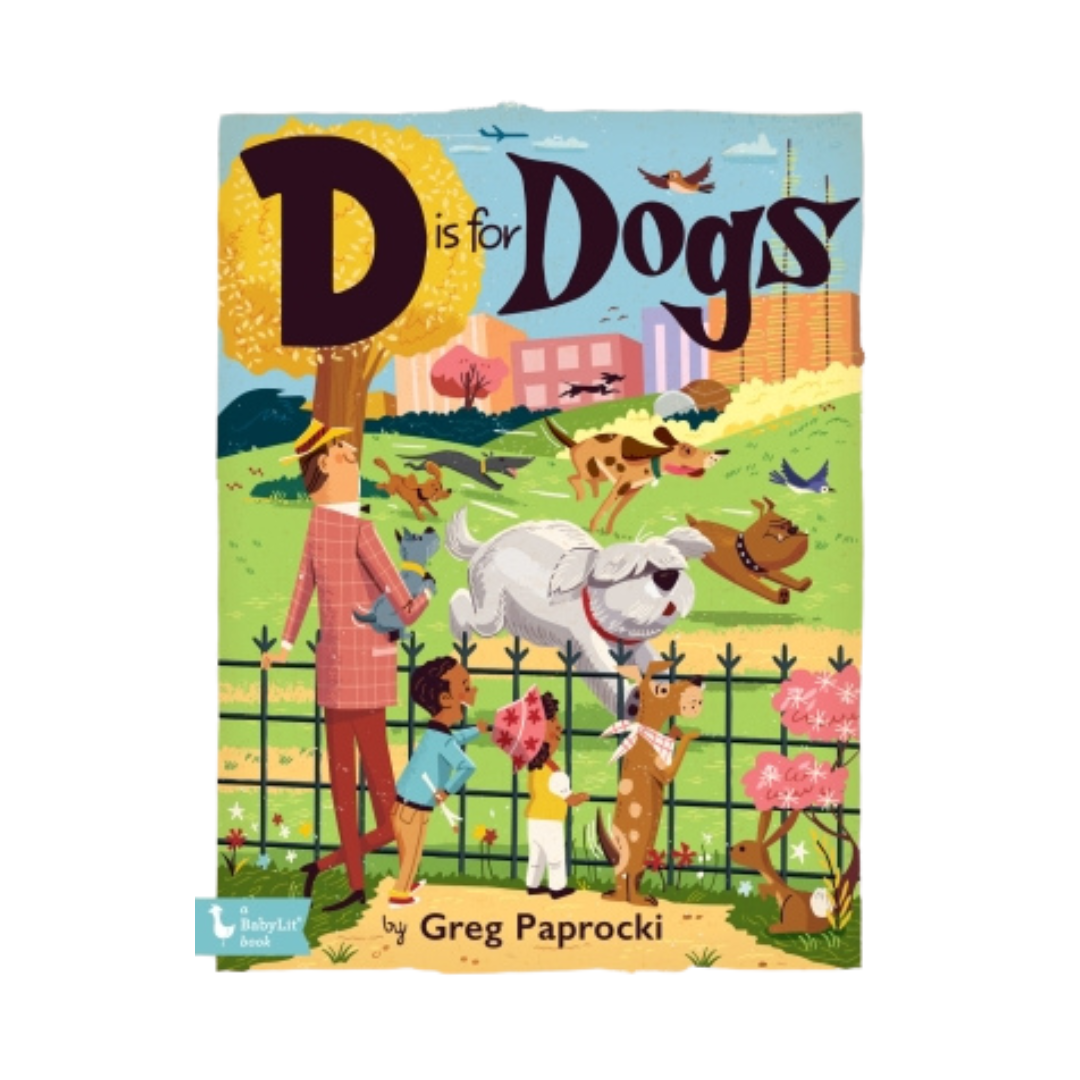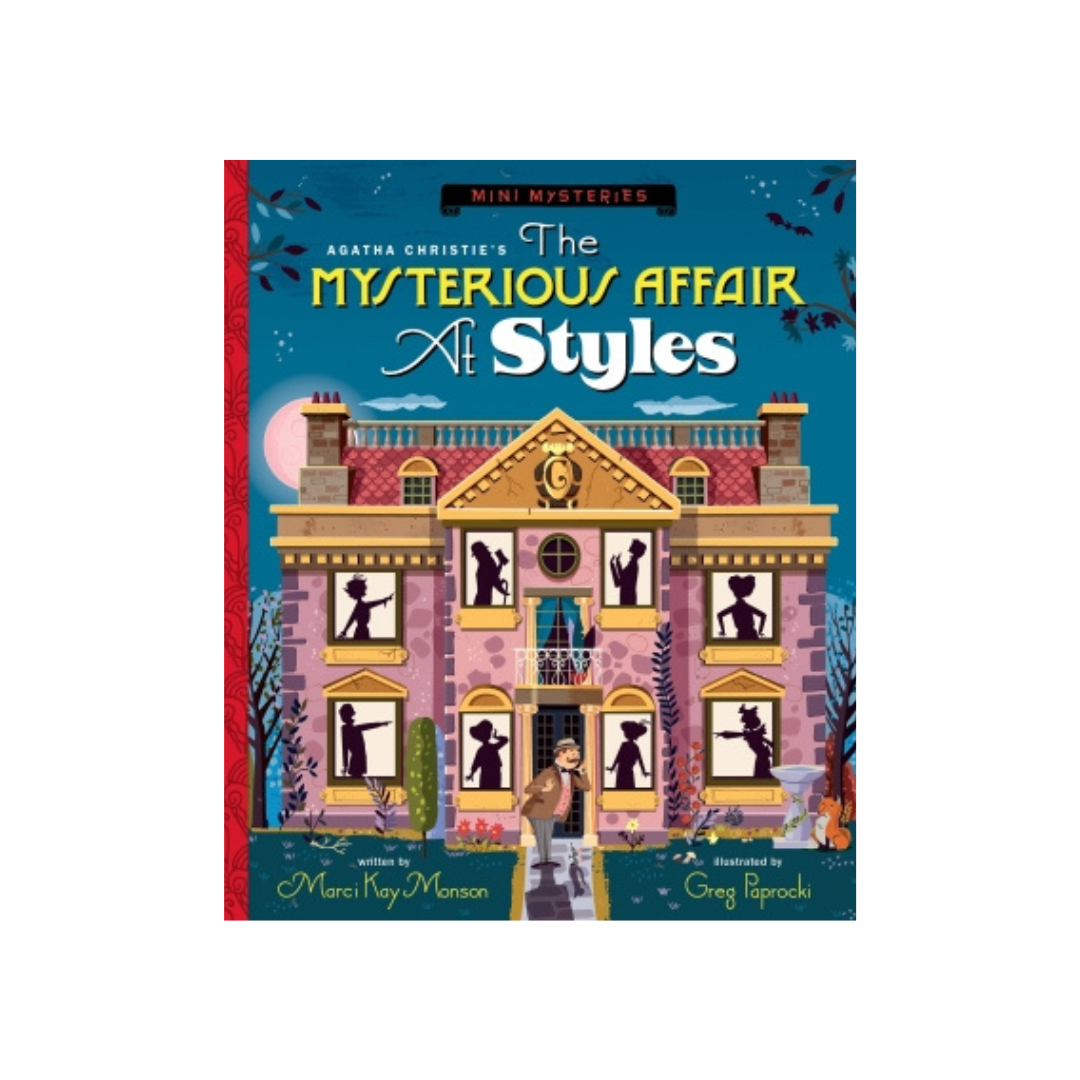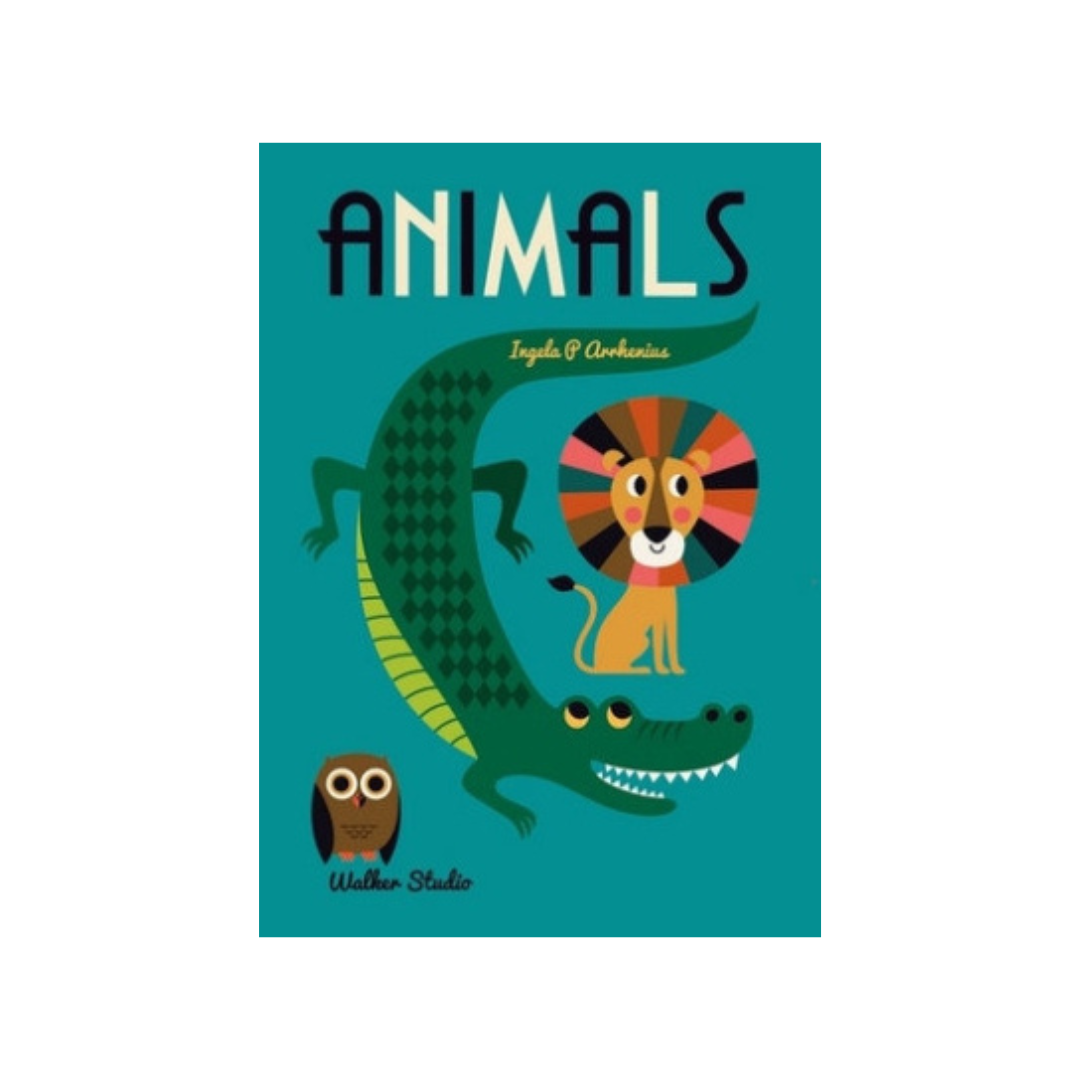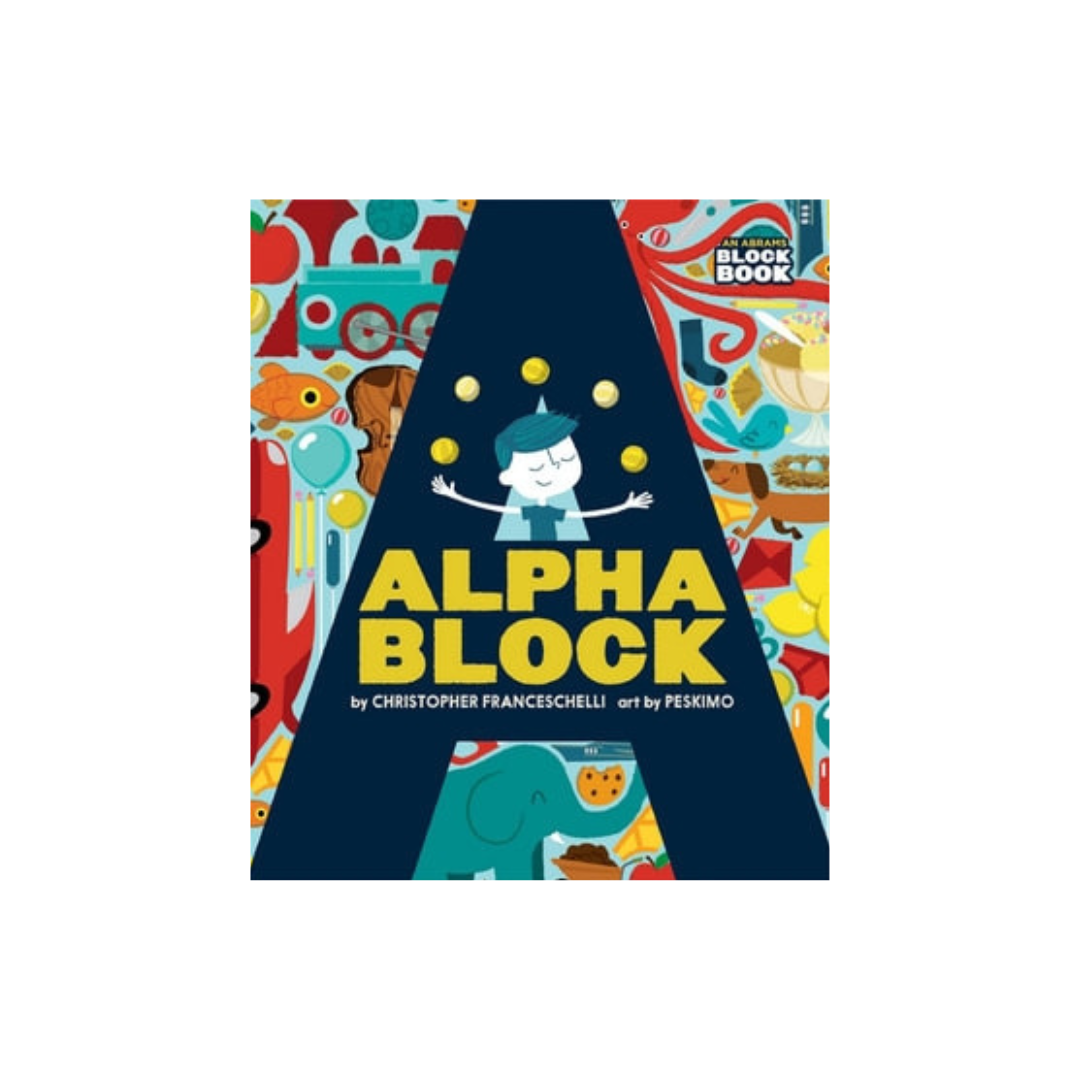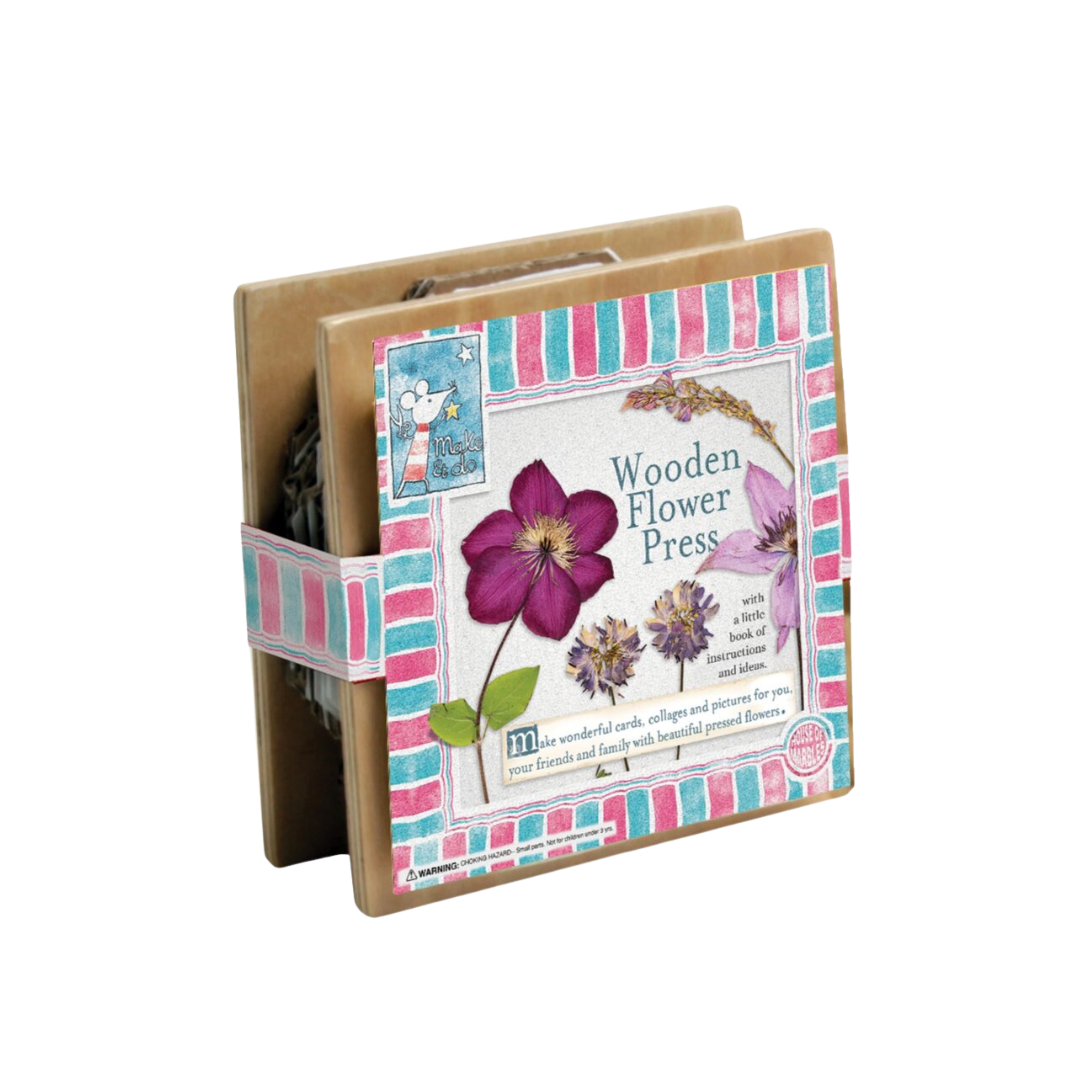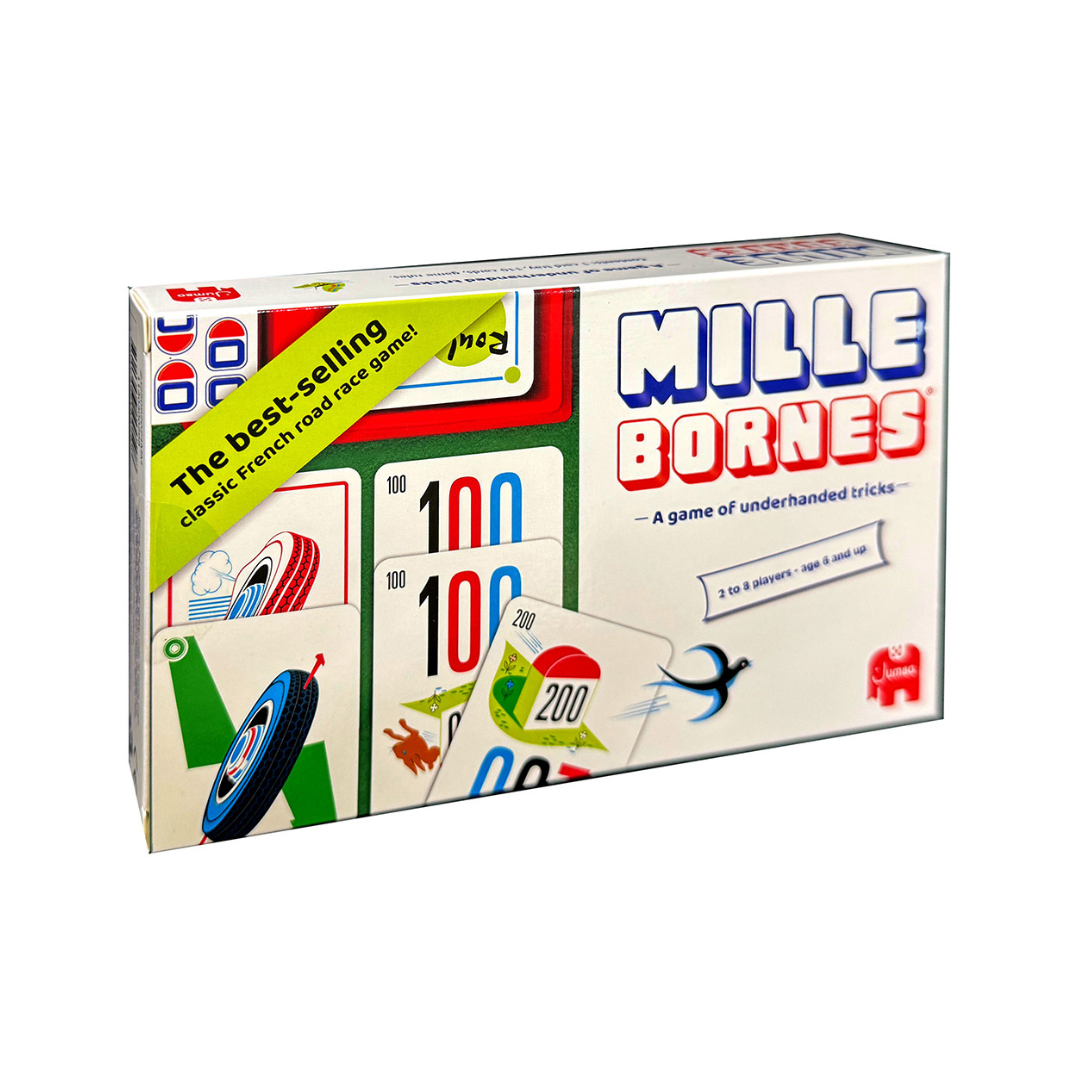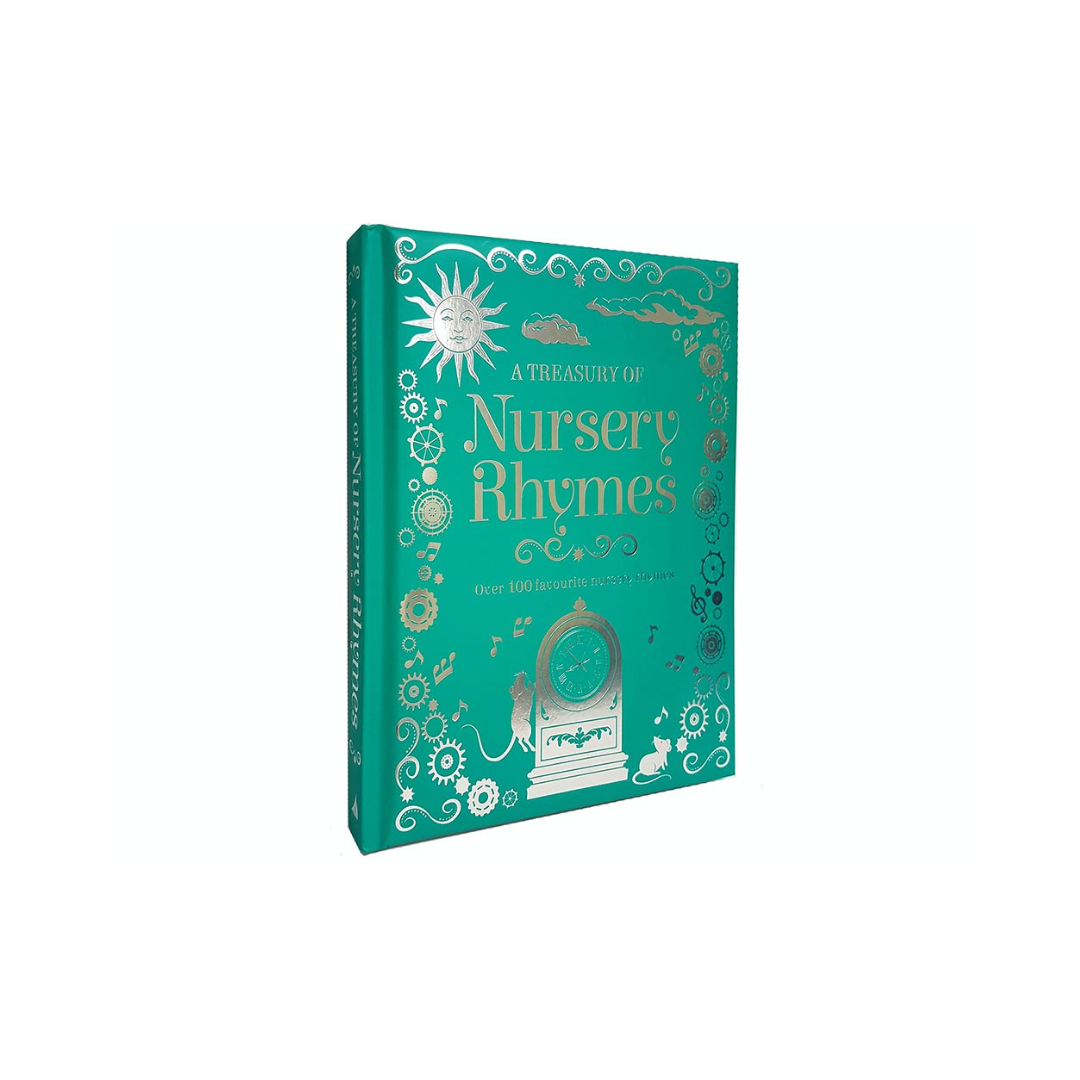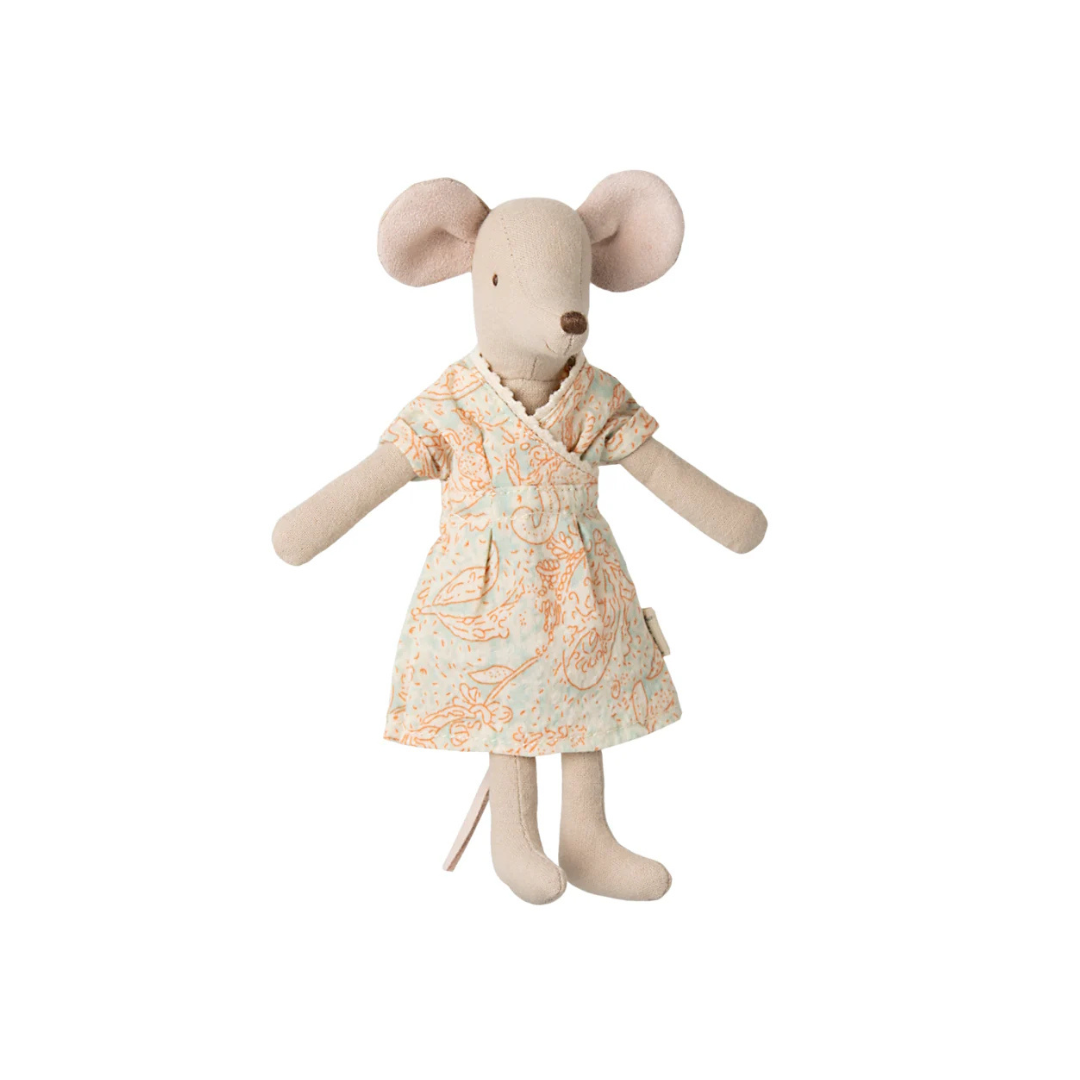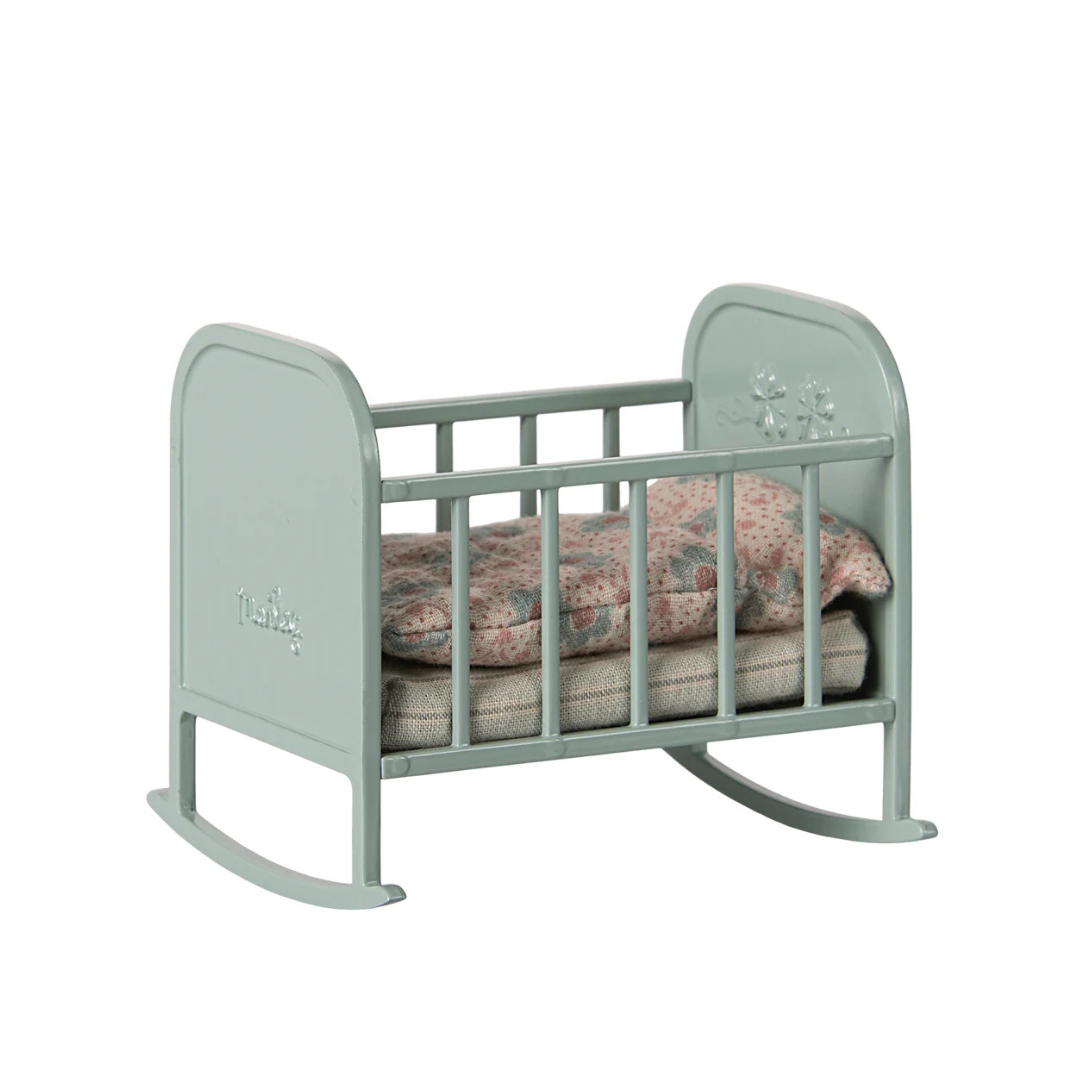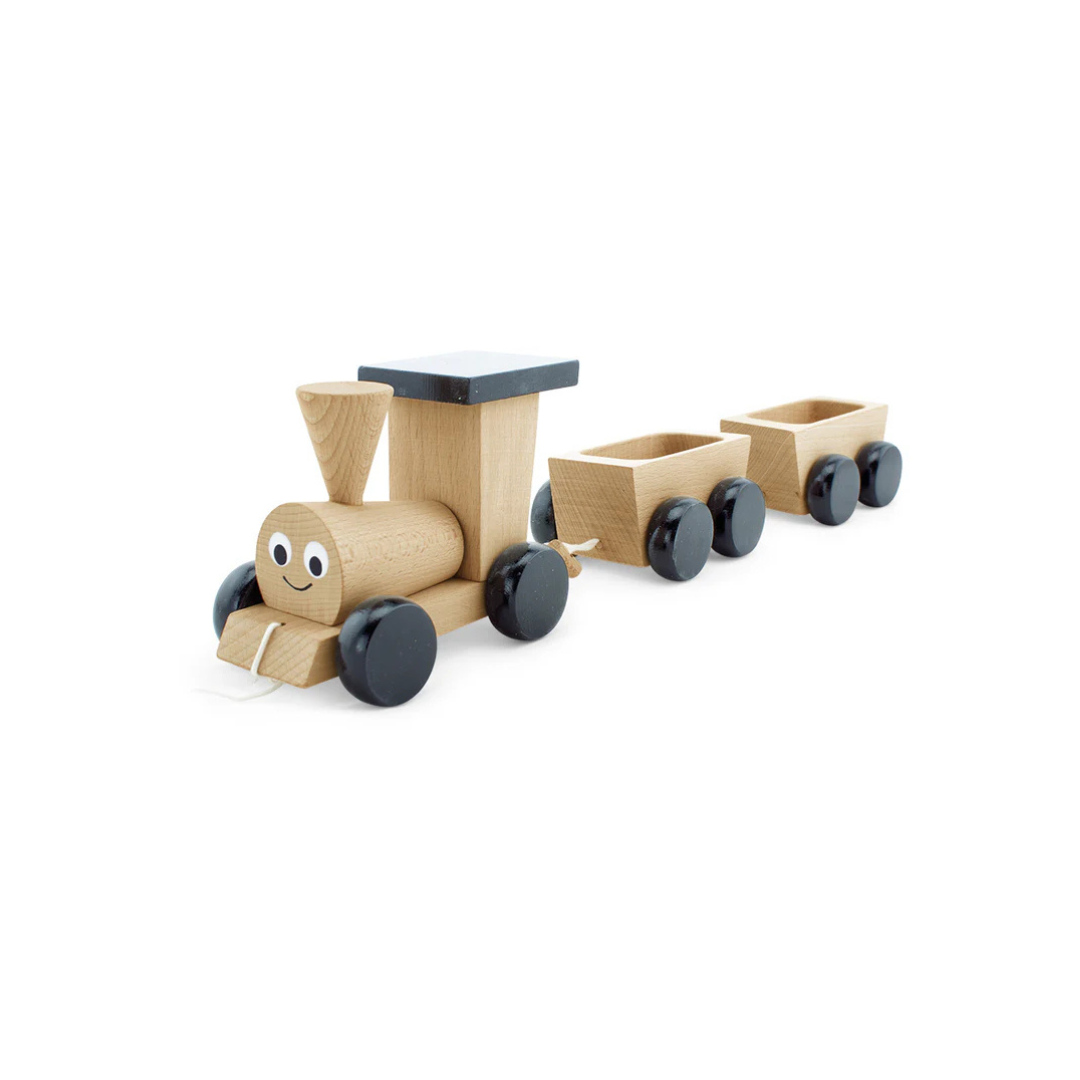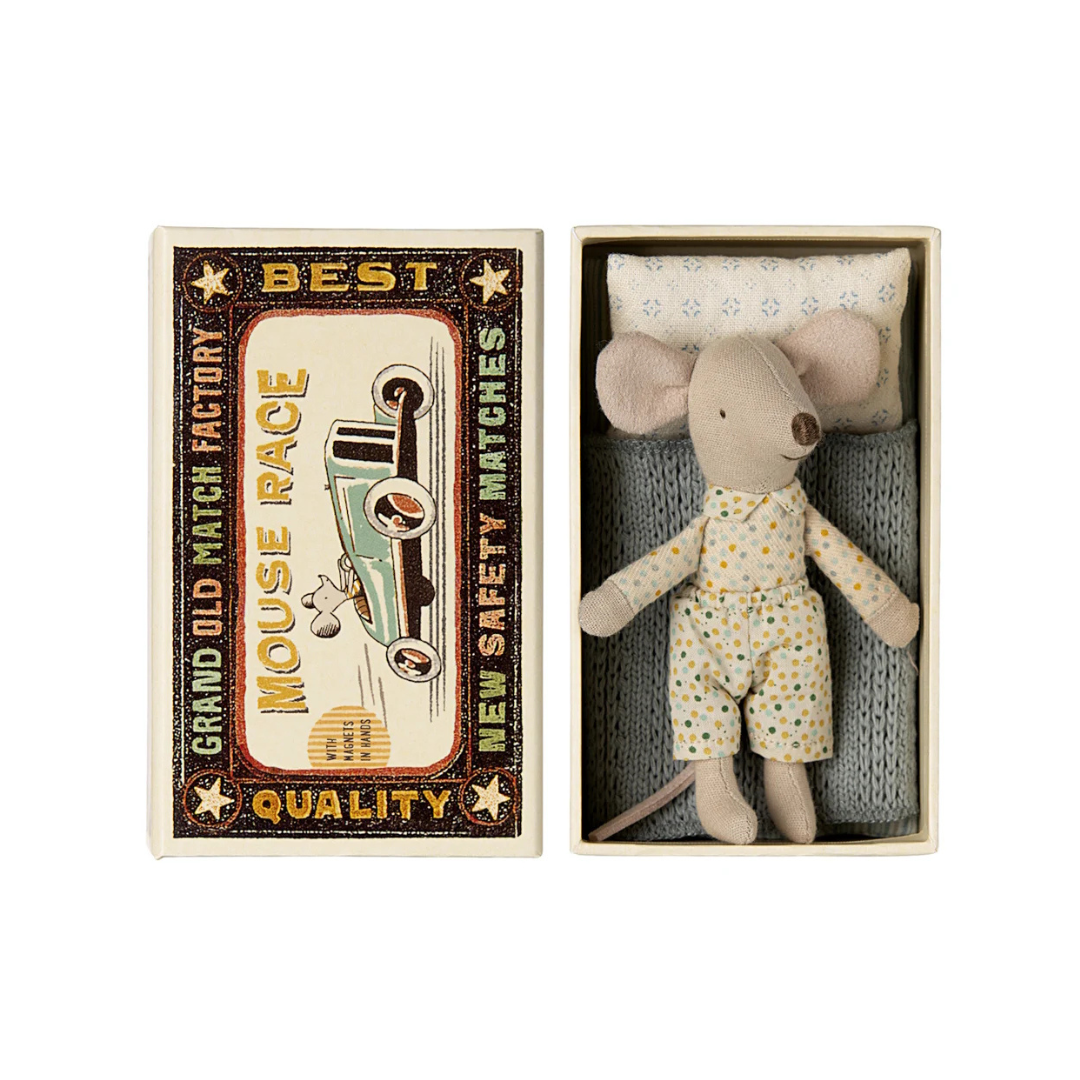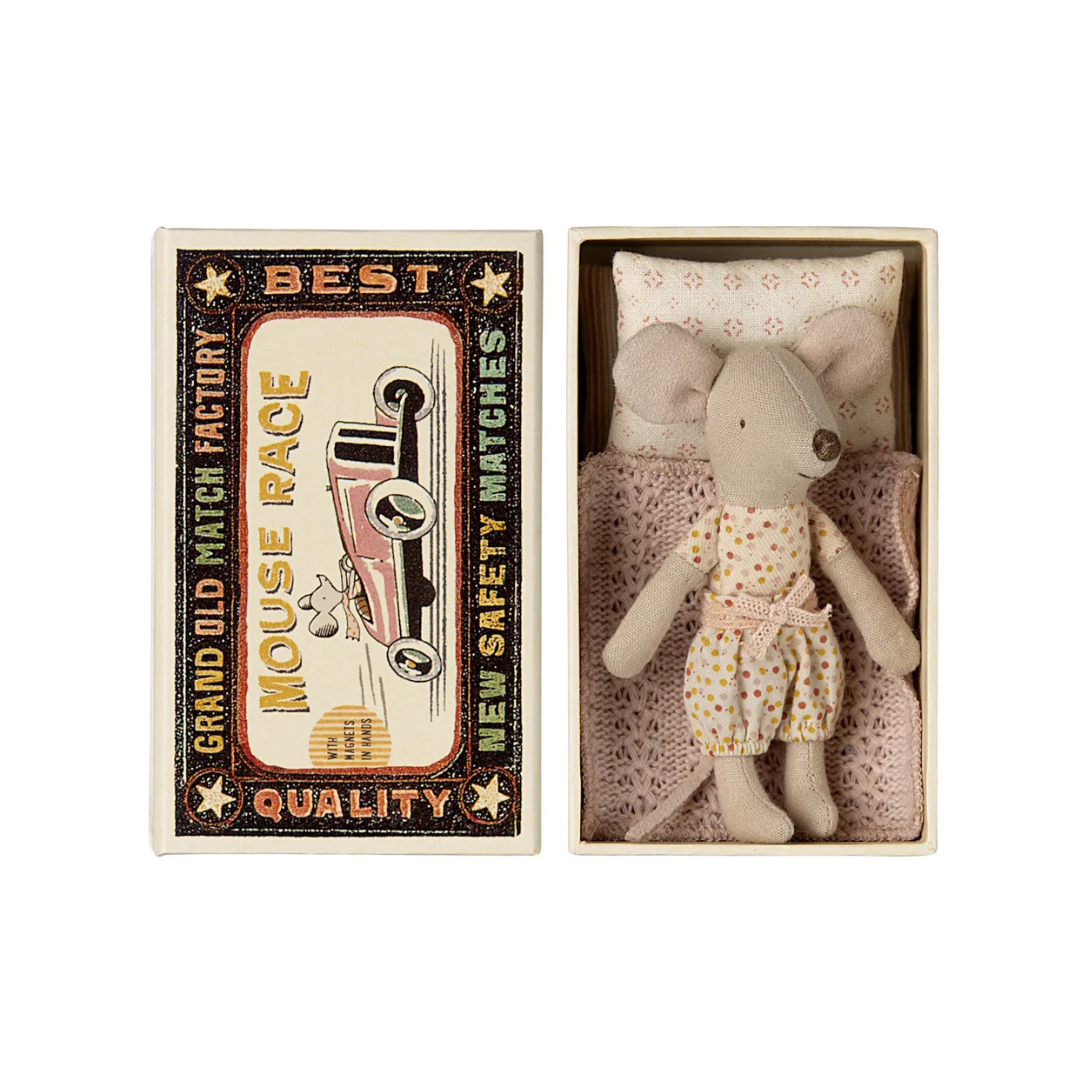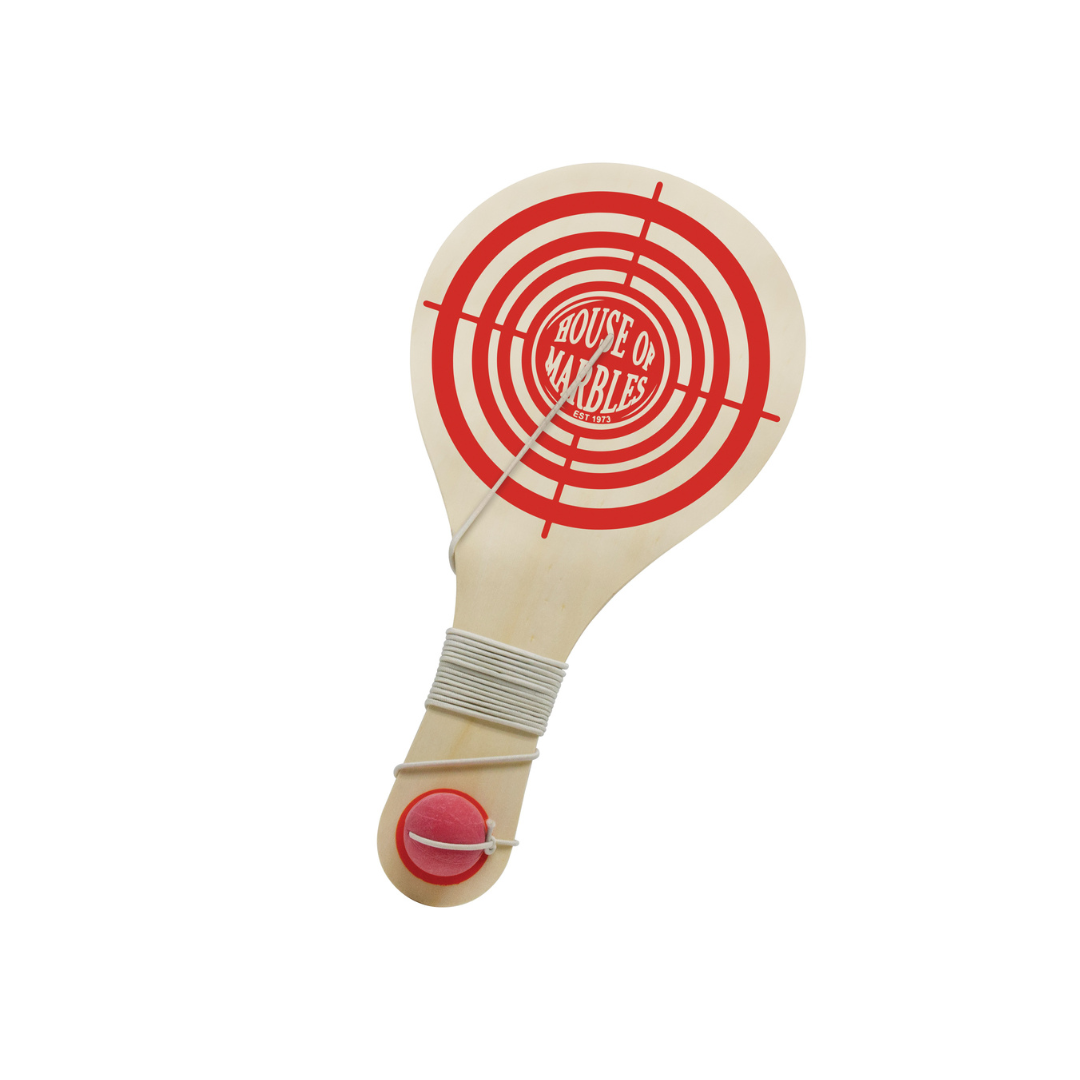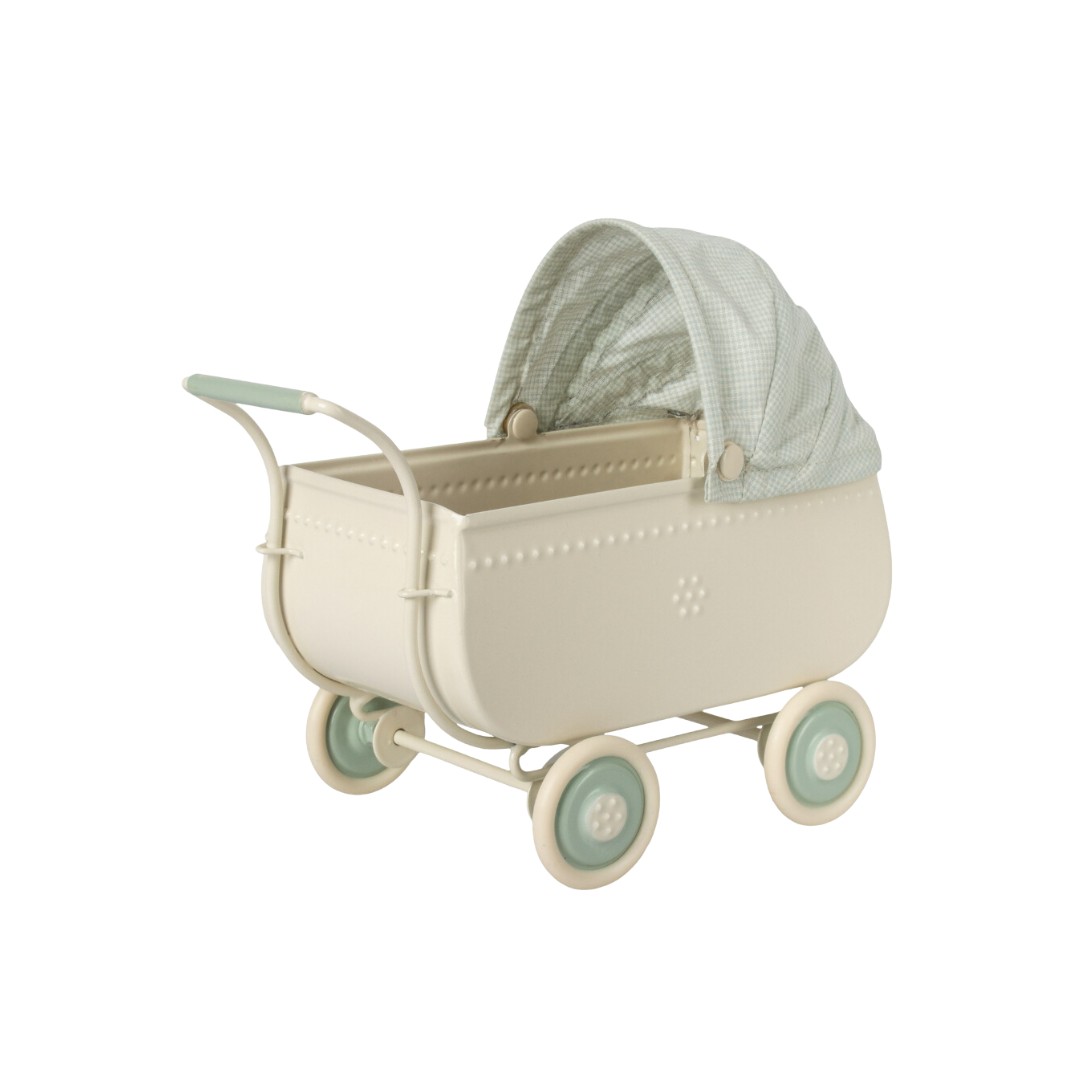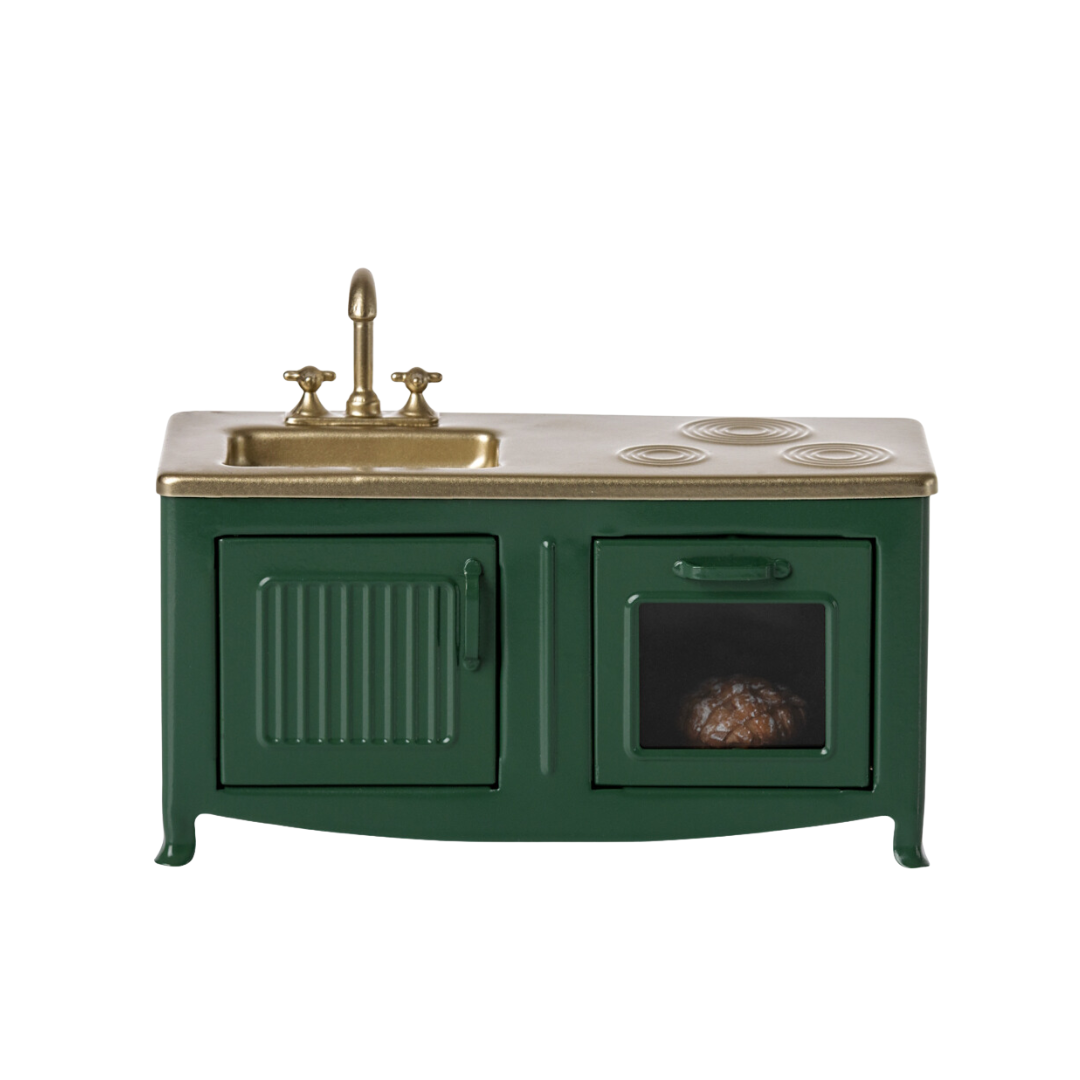Classic Toys | Step Back in Time | Toys From The 1930s
The 1930’s in Australia were very tough, much like in most of the industrialised world; with years of high unemployment, poverty and low income. Unemployment in Australia reached an all-time high of around 30% in 1932. This period of time was called The Great Depression and it all began with the Wall Street Crash of 1929 – also known as Black Tuesday which affected the entire global economy. It wasn’t all doom and gloom though …
Australia had two great sporting heroes during the Great Depression; Phar Lap and Don Bradman.
Phar Lap, a thoroughbred champion horse dominated the racing scene in Australia during this time, winning the Melbourne Cup in 1930, the Craven Plate in 1929, 1930 and 1931, the Underwood Stakes in 1931, the Hill Stakes in 1930 and 1931, and many more. At the time of his death, Phar Lap was the third highest stakes-winner in the world.
Fun Fact: Phar Lap’s heart is actually on display at the national Museum of Australia. YUCK!
The other sporting great is non-other than the famous cricketer Sir Donald Bradman, or ‘The Don’ as he was affectionately known. ‘The Don’ rose to fame during the Great Depression and was soon dubbed the ‘greatest batsman who ever lived’ and the greatest cricketer of the 20th century, with a test batting average of 99.94; the greatest achievement by any sportsman in any major sport.
‘The Don’ moved with his parents when he was two and a half years old to Bowral, in the Southern Highlands of NSW, (just down the road from us!). There is now a Museum at the cricket oval in Bowral dedicated to Sir Donald Bradman, and very aptly named Bradman Oval.
Fun Fact: ‘The Don’ used to practice his cricket skills against a water tank with a golf ball and cricket stump as times were tough.
Sporting greats kept spirits up, whilst Australia and the rest of the world were greatly affected by the Great Depression. Toys were not readily available, as many families simply could not afford them. Most toys in the era of the Great Depression were handmade out of scrap wood, such as alphabet blocks, cars, animals, dolls and farm houses.
Fun Fact: Flour mills started using pretty fabric for their flour sacks when they realised that many families were clothing their children in them, as well as making dolls from the fabric.
Children mostly played with anything that they could find and used their imagination, (not like today where children just download video games like Minecraft or Fortnite onto their Xbox or PlayStation!).
Another feat of the imagination, the Harbour Bridge awed the world, when it opened in Sydney in 1932. Designed and built by British firm Dorman Long and Co., the Harbour Bridge, now heritage-listed, is the sixth longest spanning arch bridge in the world. It is the tallest steel arch bridge, measuring a whopping 134 m from the top down to the water level. The bridge took six years to complete after the first concrete piers were put in their place in 1926, and has become one of Australia’s biggest icons, recognisable by almost everyone around the world, and dubbed ‘The Coathanger’.
Another world first was when FM broadcasting radio was invented by Edwin Howard Armstrong in 1933, becoming an instant success with music like Jazz and Blues leading the way for the majority of the decade. Towards the end of the decade Swing Jazz took over and paved the way into the 1940’s. Jazz and Blues performers like Fred Astaire, Count Basie, Billie Holiday and Duke Ellington all owned the thirties music scene.
Radio and film were greatly loved during the 1930’s with a huge amount of (now classic) movies being released. Walt Disney’s Snow White and the Seven Dwarfs was brought to the big screen on December 21st 1937, just in time for Christmas. This led to children playing with Snow White themed toys like jigsaw puzzles, 7 Dwarf figurines and Snow White dolls.
Fun Fact – Walt Disney was afraid of mice!
In 1939 The Wizard of Oz was released, starring Judy Garland as Dorothy Gale. The fantasy adventure film was nominated six times for an Academy Award, but lost out to Gone with the Wind which took out ten awards. Even though The Wizard of Oz didn’t receive any Academy Awards, it did get awarded for best original song for ‘Over the Rainbow’, which still sends hearts soaring today, way up high!
The biggest movie star of the 1930s was child star Shirley Temple. At just six years old, Shirley Temple was the first ever celebrity to have a doll named and styled after her. Shirley Temple made over 30 movies in her acting career, with the movie Heidi being a strong family favourite. On December 28, 1934 the movie Bright Eyes was released, featuring Shirley’s signature song ‘On the Good Ship Lollipop’, which led to 500,000 sheet-music copies being sold! In February 1935 Shirley Temple was the first child star to be honoured with a miniature juvenile Oscar for her accomplishments within the film industry.
Fun Fact: In 1933, a man by the name of Richard M Hollingswood built a prototype drive-in movie theater in his own driveway, attracting a lot of attention!
In 1935, when the world was just starting to rebuild after the Great Depression, the original board game version of Monopoly was published by Parker Brothers. Over the years the rules and board have changed considerably, with the copyright of the game also changing hands a few times. Parker Brothers and its parent company Hasbro continue to hold valid trademarks, along with Waddingtons in the UK. Sales have continued to soar through the decades and Monopoly has since gone on to be licensed in over 103 countries and released in over thirty-seven languages. There are now a wide range of different versions available, such as an Australian version (featuring a classic meat pie and BBQ), The Simpsons, Pokémon, Stranger Things, Star wars, Star Trek, The Walking Dead and Game of Thrones. Channel 9’s hit TV show The Block has also jumped on the Monopoly bandwagon, releasing The Block Special Edition just in time for Christmas.
It seems that anything that makes it big on the TV screen now has a Monopoly game themed after it. 2018’s hottest video game Fortnite, (which has taken the world by storm with its online platform) even has a Monopoly board themed after it. You can battle opponents, claim locations and avoid ‘The Storm’ to survive. Monopoly has certainly come a long way since its release in the 1930s!
The 1930s was certainly a decade of great ups and downs, and one that certainly shaped history and what came after it.






